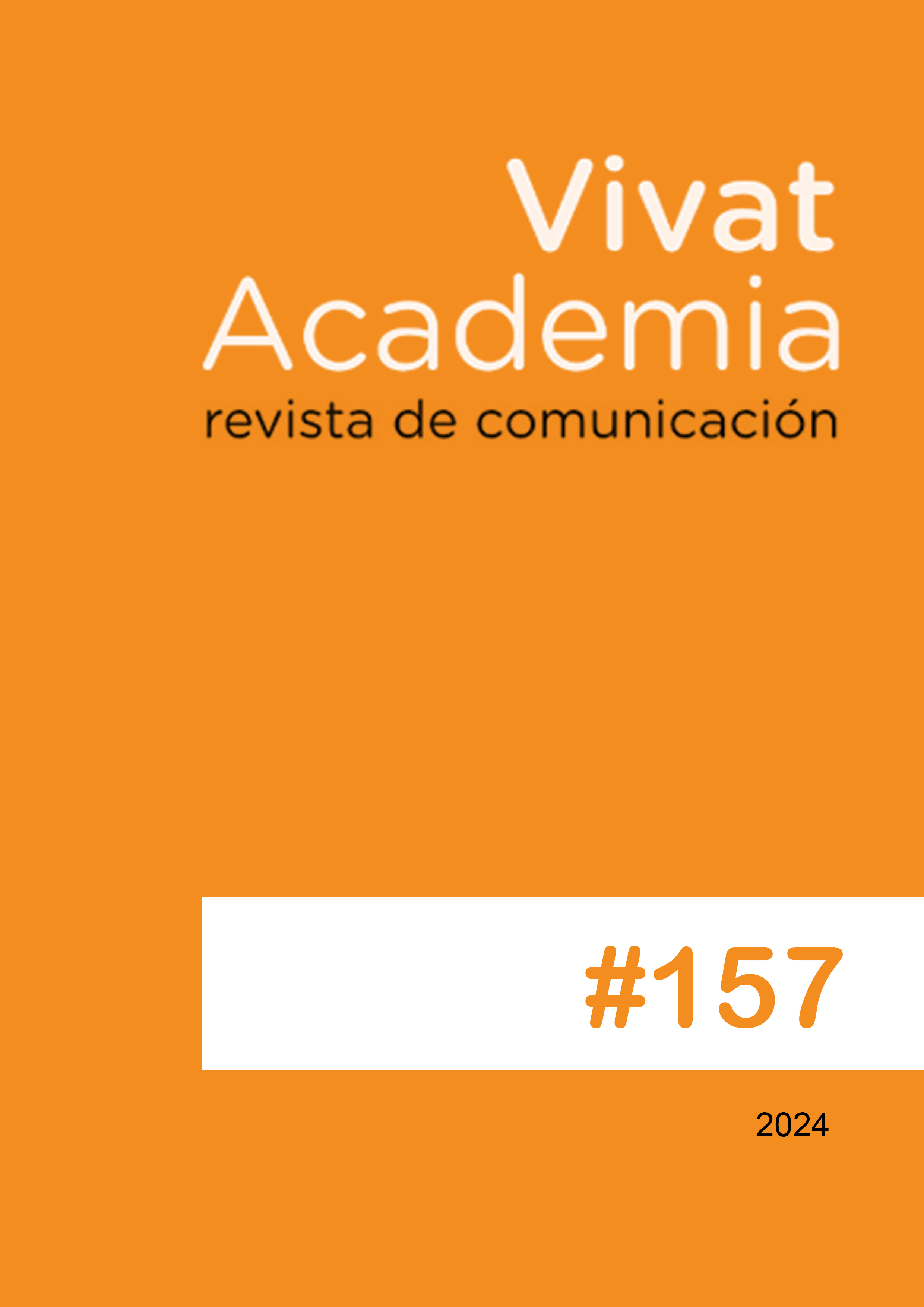The Degree in Advertising and Public Relations in Spain. Review of teaching plans
Main Article Content
Abstract
Introduction: The need to review and update the curriculum of degrees in Advertising and Public Relations in Spanish universities is addressed in this paper. This need arises from the recent implementation of the Organic Law of the University System (LOSU), which requires an adaptation of educational plans to the current professional reality. This work provides a detailed overview of the current state of these degrees in the 37 Spanish universities that offer them, serving as a fundamental source for their adjustment to the contemporary demands of the industry. Methodology: Content analysis was adopted as the main methodology for this research, applied to the teaching plans of Advertising and Public Relations degrees from 37 Spanish universities, both public and private. Ninety-two thematic categories were established to classify all subjects, allowing for a unified and comprehensive study of current curriculum plans. Results: The research reveals diversity in the academic offerings, with an average of 48.5 subjects per degree. Current curriculum plans maintain a structure similar to that established by the Official School of Advertising in 1964, both in the number of subjects and their content. Common subjects were identified, reflecting the most demanded competencies in the professional field, as well as the emergence of new subjects that respond to current trends and social needs, such as innovation and entrepreneurship. Discussion and Conclusions: The study emphasizes the importance of updating curriculum plans to align them with contemporary professional and social demands. Although there is a trend towards the inclusion of new topics, there are still areas, such as languages, that require greater attention. This analysis provides a solid foundation for educational reform in the field of Advertising and Public Relations in Spain, emphasizing the need for education that combines traditional knowledge with emerging competencies.
Downloads
Article Details

This work is licensed under a Creative Commons Attribution-NonCommercial-ShareAlike 4.0 International License.
The main author must deliver the letter of transfer of copyright, according to the model provided by Vivat Academia, Revista de comunicación, which declares the transfer of copyright to the journal and make explicit the rights of authors regarding the dissemination and use of the manuscript once published.
Creative Commons Attribution/Non Commercial 4.0 International
References
Agís Villaverde, M. (2008). Los orígenes de la universidad en Europa y los desafíos del futuro. Universidad de La Coruña. https://ruc.udc.es/dspace/bitstream/handle/2183/12899/CC-98_art_10.pdf
Baladrón Pazos, A. J. (2018). Evolución y retos de los estudios de publicidad en la universidad española. Revista de Investigación del Departamento de Humanidades y Ciencias Sociales, 14, 49-72. https://dialnet.unirioja.es/descarga/articulo/6774041.pdf DOI: https://doi.org/10.54789/rihumso.18.7.14.3
BOE (16 de agosto de 1965). Plan definitivo de estudios de la Escuela Oficial de Publicidad. https://www.boe.es/boe/dias/1965/08/16/pdfs/A11453-11454.pdf
BOE (17 de agosto de 1966). Reglamento de la Escuela Oficial de Publicidad. https://www.boe.es/boe/dias/1966/08/17/pdfs/A10779-10783.pdf
BOE (27 de agosto de 1964). Decreto por el que se aprueba el reglamento del Instituto Nacional de Publicidad. https://acortar.link/gsSMJO
BOE (27 de agosto de 1968). Orden por la que se modifica el plan de Estudios de la Escuela Oficial de Publicidad. https://www.boe.es/boe/dias/1968/08/27/pdfs/A12668-12669.pdf
Equizábal, R. (1998). Historia de la publicidad. Eresma y Ediciones Celesta
Artículos relacionados
Baladrón-Pazos, A. J., Correyero-Ruiz, B. y Manchado-Pérez, B. (2022). La formación universitaria sobre Publicidad y Relaciones Públicas en España tras 50 años de historia: qué y cómo enseñamos. Profesional de la Información, 31(1), e310113. https://doi.org/10.3145/epi.2022.ene.13 DOI: https://doi.org/10.3145/epi.2022.ene.13
Castelló-Martínez, A. (2020). Las Asignaturas de Creatividad y Estrategia en los Grados en Comunicación en España. Revista Latina de Comunicación Social, 77, 143-78. https://doi.org/10.4185/RLCS-2020-1453 DOI: https://doi.org/10.4185/RLCS-2020-1453
García-Jiménez, L., Torrado-Morales, S. y Díaz Tomás, J. M. (2022). El rol de la mujer en la ciencia y la docencia en comunicación: análisis a partir de los programas universitarios en España. Revista de Comunicación, 21(2), 91-113. https://doi.org/10.26441/RC21.2-2022-A5 DOI: https://doi.org/10.26441/RC21.2-2022-A5
Herrero-Diz, P., Pérez-Escolar, M. y Varona Aramburu, D. (2022). Competencias de verificación de contenidos: una propuesta para los estudios de Comunicación. Revista de Comunicación, 21(1), 231-249. https://doi.org/10.26441/RC21.1-2022-A12 DOI: https://doi.org/10.26441/RC21.1-2022-A12
López-Berna, S., Papí-Galvez, N. y Martín-Llaguno, M. (2016). La revisión de los grados universitarios: valoración de la convergencia europea del Grado en Publicidad y Relaciones Públicas en España. Doxa Comunicación. Revista Interdisciplinar de Estudios de Comunicación y Ciencias Sociales, 23, 47-71. https://doi.org/10.31921/doxacom.n23a2 DOI: https://doi.org/10.31921/doxacom.n23a2





